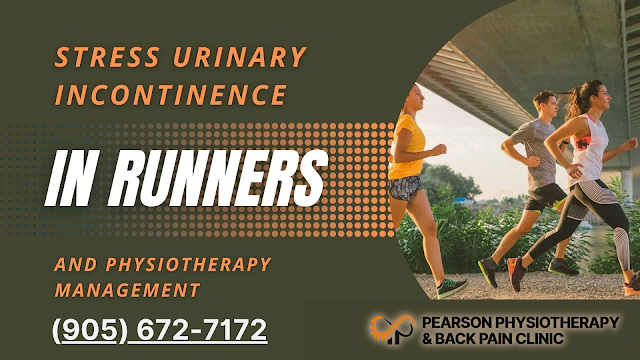Urinary Incontinence Rehab: What to Expect
Urinary incontinence affects millions of people, yet it remains a topic many hesitate to discuss. Whether it’s occasional leakage during activities or a persistent urge to urinate, incontinence can significantly impact your confidence and quality of life. The good news? Physiotherapy offers effective, non-invasive solutions to help you regain bladder control and confidence.
At Pearson Physiotherapy & Back Pain Clinic, we specialize in urinary incontinence rehabilitation, offering personalized treatment plans designed to strengthen your pelvic floor and restore function.
Understanding Urinary Incontinence
Urinary incontinence occurs when the muscles and nerves that control bladder function weaken or become dysfunctional. The most common types include:
Stress Incontinence: Leakage triggered by coughing, sneezing, laughing, or physical activity due to weakened pelvic floor muscles.
Urge Incontinence (Overactive Bladder): A sudden, intense urge to urinate, often leading to involuntary leakage.
Mixed Incontinence: A combination of both stress and urge incontinence.
Urinary incontinence can be caused by various factors, including pregnancy, childbirth, menopause, aging, obesity, or pelvic surgeries.
What to Expect from Urinary Incontinence Rehab
Rehabilitation for urinary incontinence involves targeted physiotherapy techniques to strengthen the pelvic floor, improve bladder control, and reduce symptoms. Here’s what you can expect from our treatment approach:
1. Comprehensive Assessment
Your journey begins with an in-depth evaluation by our pelvic health physiotherapist, which includes:
Discussion of your symptoms, medical history, and lifestyle factors.
Assessment of pelvic floor strength, posture, and muscle coordination.
Identifying potential triggers and contributing factors.
2. Personalized Treatment Plan
Based on your assessment, we develop a customized rehab plan, which may include:
Pelvic Floor Exercises (Kegels): Strengthening exercises to improve muscle control and support the bladder.
Bladder Training: Timed voiding strategies to retrain your bladder and reduce urgency.
Manual Therapy: Hands-on techniques to release tight muscles and improve pelvic function.
Biofeedback Therapy: A guided method that helps you learn how to properly engage and relax your pelvic floor muscles.
Lifestyle Modifications: Advice on diet, hydration, and habits that can improve bladder health.
3. Ongoing Monitoring & Adjustments
Urinary incontinence rehab is a progressive process. We track your progress, modify exercises as needed, and ensure you’re building long-term pelvic floor strength and control.
Benefits of Physiotherapy for Urinary Incontinence
Regain Bladder Control: Strengthened pelvic floor muscles improve continence and reduce leakage episodes.
Non-Surgical Treatment: Avoid medications or invasive procedures with a natural, effective approach.
Enhanced Confidence: No more worrying about sudden leaks—enjoy daily activities stress-free.
Better Overall Pelvic Health: A strong pelvic floor supports bladder, bowel, and sexual function.
Why Choose Pearson Physiotherapy & Back Pain Clinic?
At Pearson Physiotherapy & Back Pain Clinic, we provide expert, confidential, and compassionate care tailored to your unique needs. Our experienced pelvic health physiotherapists use evidence-based techniques to help you regain control and confidence in your everyday life.
Take the First Step Toward Bladder Control
You don’t have to live with urinary incontinence. With the right physiotherapy approach, you can take control of your bladder health and enjoy life without interruptions. Contact Pearson Physiotherapy & Back Pain Clinic today to schedule a consultation and start your journey to recovery.




Comments
Post a Comment